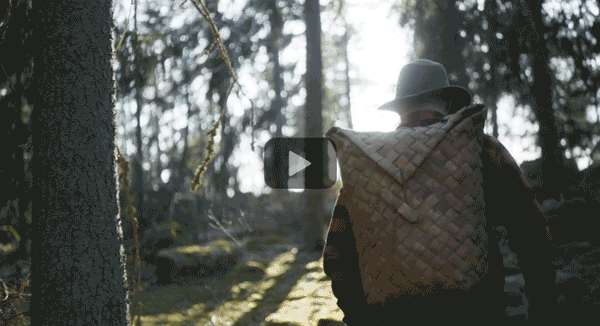
The air is comfortably crisp, the leaves radiate a bright orange and red, and the neighbor's giant inflatable skeleton still catches you off guard every time you leave the house - ah, it’s almost Halloween.
For the proper woodsman and urban explorer alike, fall provides the ideal backdrop to get out there and embark on new adventures of every kind.
This time of year may just be the most creative in ways to utilize your WESN. It’s time to slice up a home cooked pecan pie, or to carry your Allman into the forest as hunting season begins. We shouldn’t even have to mention destroying dad in that yearly pumpkin carving competition.
Nonetheless, this season poses an ever pressing question. What do Michael Myers, an expertly carved Jack-o’-Lantern, and WESN all have in common?
The knife!
Meet the Mustard Henry
In celebration of the season, we’re releasing a new color variant of the Henry - a fall-inspired Mustard Yellow. Available now in limited quantity, your new brightly colored companion is eager to serve you in pumpkin carving competitions and fall camping trips all the same.
In fact, if you pick up a yellow Henry this Halloween weekend - Friday through Sunday - we’ll throw in a free black leather sheath to complete the full fall aesthetic.
But why do we even carve pumpkins?
No Halloween symbol is as iconic as a good ole’ fashioned Jack-o’-Lantern. Some good, some bad, and some straight up ugly - how did these front door guardians with candles placed inside become the most popular enduring Halloween tradition?
We can make an educated guess to where it all may have started.
It always comes back to Ireland
It’s the early 19th century, and while pumpkins are hard to come by, turnips are plentiful. The Irish did what they knew best, took up their blades and began carving.
These grotesquely cut turnips clad with frightening faces were originally said to represent supernatural entities, ward off evil spirits around Halloween, and simply to scare the neighbors.
Washington Irving's ‘The Legend of Sleepy Hollow’ was published just years later in 1820 throughout North America, and it’s famed story of the Headless Horseman with a removable Jack-o-Lantern style pumpkin for a head swept the nation - creating a carving craze that’s never quite let up.
At the same time, Irish immigrants in America were eager to keep to their traditions - so pumpkin carving became the center of Halloween celebrations. While small shivs at first worked well to carve faces into turnips, pumpkins were a bit tougher to cut into with precision. Different tools and sharper knives were needed. New, sleek carving knives were constantly prototyped, created, and recognized as the sure way to win any competition.
Thus, pumpkin carving and the knife as a symbol of halloween had been cemented, never to separate again.
There’s only one thing left to do. Get out there, grab your favorite WESN, and carve away. Happy Halloween!






